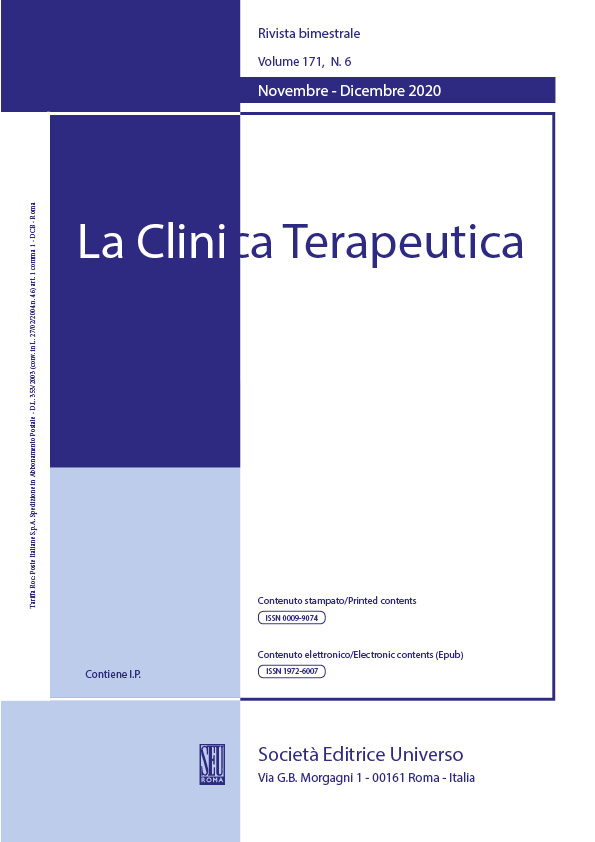Abstract
Background: Recently, cold atmospheric plasma (CAP), as well as adipose mesenchymal stem cells derived exosomes (ADMSCs-EX), have been applied separately to wound healing treatment. However, no study has investigated the additive effect on the healing mechanism of these two methods in the same skin lesion treatment model.
Aim: We conduct this study to describe the results of using CAP and human ADMSCs-EX on in vitro wound healing.
Methods: The diabetic rat model was induced using an intravascular injection of streptozotocin then categorized into four subgroups which were those treated by CAP, MSC-Exo, CAP combined ADMSCs-EX and PBS (Control group). The animal objects were examined on blood glucose, C reaction protein, total blood count and microbiological tests during the experiment. Wound healing was measured through digital image and histological analysis.
Results: Experimental results to evaluate the ability to stimulate fibroblast migration, showed that cell migration speed in the group supplemented with ADMSCs-EX was equivalent to the group with a combination of CAP and ADMSCs-EX and had the highest rate with 87.8 ± 4.2 % and 84.4 ± 5.3 % while in the control group it was the lowest with 61.9 ± 11.4% (p<0.05). The group supplemented with CAP gave fibroblast proliferation and migration results similar to the control group (p>0.05), showing the safety of CAP with the growth of the cells.
Conclusions: Therefore, in animal models, we intend to use a combination of these two therapies by using ADMSCs-EX injection therapy into the dermis at the wound edge to avoid the impact of CAP affecting the cell proliferation.
